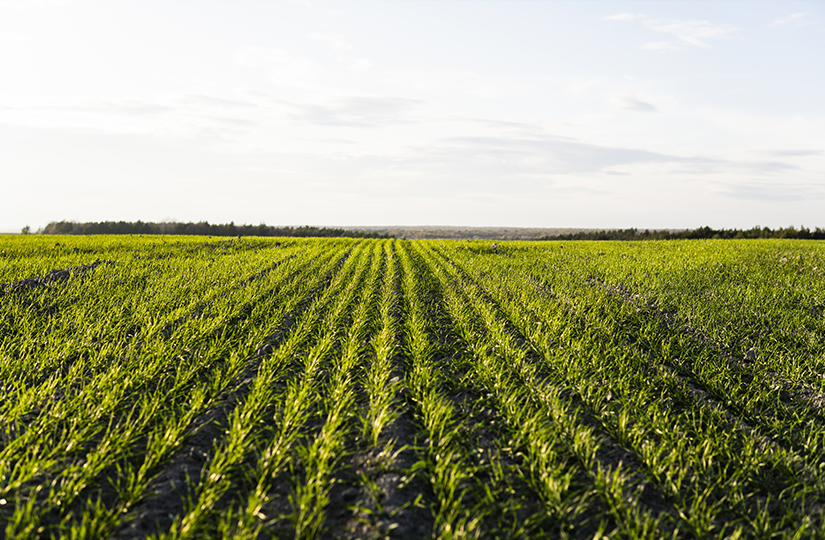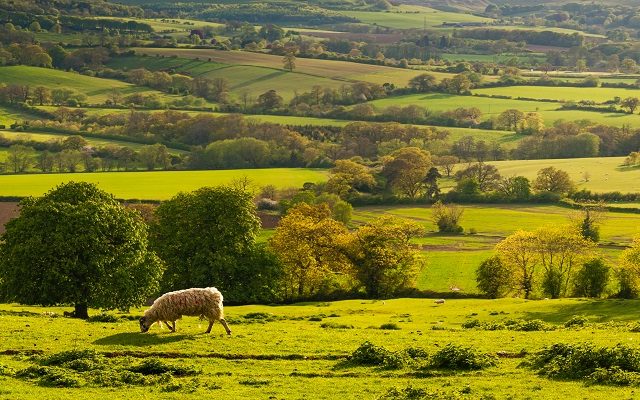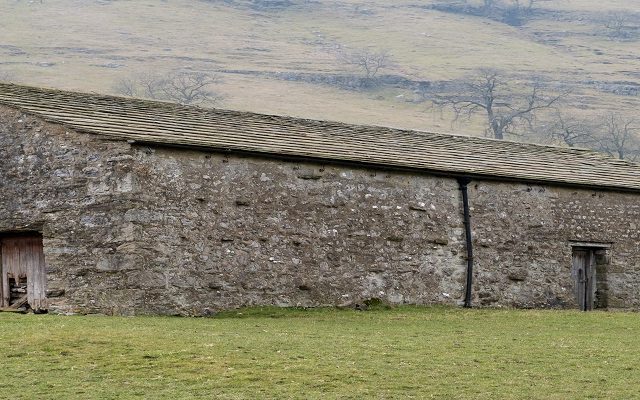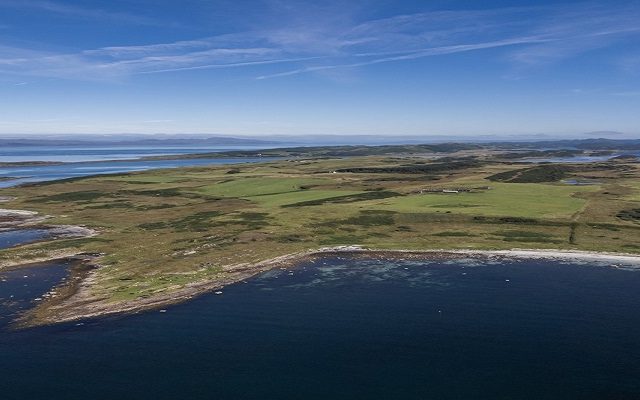English Farming Update | Spring 2020
Welcome to this quarter’s English Farming Update, which is produced by our Farming Research Group and reports on market and administrative issues that affect farmers’ business decisions and on which they may need to act.
ARABLE CROPS
Global: Grain Production Report
According to the UN’s Food and Agriculture Organisation (FAO) the world saw a record year for cereal production in 2019 (all combinable cereals) at 2,714 million Tonnes. Global wheat production was up by 34.8 million Tonnes compared with 2018 mostly due to an excellent harvest in the EU which more than out-weighed the effects of a drop in the USA’s wheat area and poor conditions in Australia. Global cereal stocks are marginally down from last year, but still at the third highest global stocks on record underpinning a comfortable ratio of global stock-to-use of 31%.
Planting of 2020 winter wheat crops around the Northern-Hemisphere has not all been affected by the same poor weather as the UK. The USA’s winter wheat area was planted up in good time this autumn, while the picture is more mixed for Europe with some areas benefitting from higher than normal moisture and others suffering from water stress such as in Ukraine where dryer and hotter conditions delayed planting, meanwhile Russia had very good conditions for winter wheat establishment.
UK Markets
After plummeting throughout the summer, grain prices in the UK began to recover in September, and have continued to do so with wheat having gained around £20/T between early September and mid January. The deal reached between the USA and China in mid January was expected to bring positive news for farmers and the grain trade, but there was a general feeling of disappointment within the agricultural industry when the details emerged (BBC.com), which put a bit of a dampener on the global grain markets (CRM Agri Commodities) pulling wheat prices down by around £2/T. The fact that the Chinese have only bound themselves to buy American agricultural commodities depending on “market conditions” was a devastating caveat within the deal for some traders (Reuters.com).
Wheat
The UK has had a very poor winter cereal planting season to date, with some calling it the worst autumn in memory. Farmers have had few, if any, chances to plant crops after mid September, in many areas. Reports from the AHDB showed that by the end of November just under 60% of the intended winter wheat area had been drilled, and much of this will have been established poorly. With very few farmers able or willing to plant crops in December and early January, most are hoping for a “last-chance-saloon” to put winter wheats in the ground before time runs out for winter wheat varieties (which generally have to be sown by the end of January). This relies on the ground having a chance to dry out, which won’t happen quickly especially with the hard frosts accompanying the dry weather.
We can expect to see a few brave souls (crossing all of their fingers and toes) making the best of a bad situation to drill their wheat in the next couple of weeks, but the story of the year will be a bumper area of spring crops. Much of the spring wheat seed is now coming in from abroad at great cost due to higher than usual demand out-stripping domestic supply.
The predicted low domestic supply of wheat from the 2020 harvest is supporting the wheat futures prices, meaning that those lucky enough to have established some wheat should expect to sell at a good price at or after harvest, with futures prices for November delivery at £161/T at the end of January. Those waiting to empty the shed of the 2019 crop before harvest are also now able to take advantage of rising prices, as the 2019 crop values are being pulled up by the 2020 prices.
Barley
The winter barley planted area at the end of October was just under 65% of the planned area (AHDB), but with the dearth of winter cereals planted there is most-likely to be a very significant increase in the area of spring barley this summer. The markets have pre-empted this and the gap between feed wheat and feed barley is already around £25/T, this gap has grown from £8/T in August 2019. Very large stocks of feed barley on the continent and around the Black Sea are likely to keep the price supressed for the foreseeable future. A large area of spring barley will also severely limit the value of any malting premium, because maltsters will be spoilt for choice and should have no trouble in securing barley of the right quality.
Oilseed Rape
Cabbage stem flea beetle (CSFB) infestations and their larvae appear to be continuing to reap their dreadful effect on the OSR production of the UK, with only 1.75 Million Tonnes being produced by the UK in 2019, the lowest since 2004 according to the AHDB. The planted area for 2020 has fallen from 2019 levels significantly by 23%, which will lead to an even smaller national production of OSR for 2020. Current and forward prices will however tempt some farmers to grow spring oilseed rape, which has not historically suffered so much from CSFB damage.
Despite a reduction in our domestic supply of OSR, the price has fallen back to around £325/T (ex farm before oil bonuses) from a high of around £340/t earlier in the month (for old crop). The price is governed by external factors such as an enlarged area of OSR being planted in Ukraine, and global vegetable oil being supported by Russia’s enormous sunflower harvests and South America’s expanding soya production. This large soya area seems to be suppressing the forward prices for 2020 harvest OSR too, which were as low as £314.50/T in December.
Many farmers are facing difficult decisions about OSR, and those being forced to abandon crops sown in August and September (the AHDB suggests about 7% of the OSR area may be abandoned this spring) coupled with a declining value may see this as the final straw. Options for alternative, less risky break crops are available, and many farmers will be looking for support and advice from the industry and government as to where else to turn. Our agronomists at Strutt and Parker are well equipped for such conversations.
Also in this quarter’s update
- UK 2020 CROP ESTABLISHMENT – SPRING
- LIVESTOCK
- FERTILISER & FUEL
- POLICY AND REGULATION NEWS
- FARM BUSINESS NEWS






